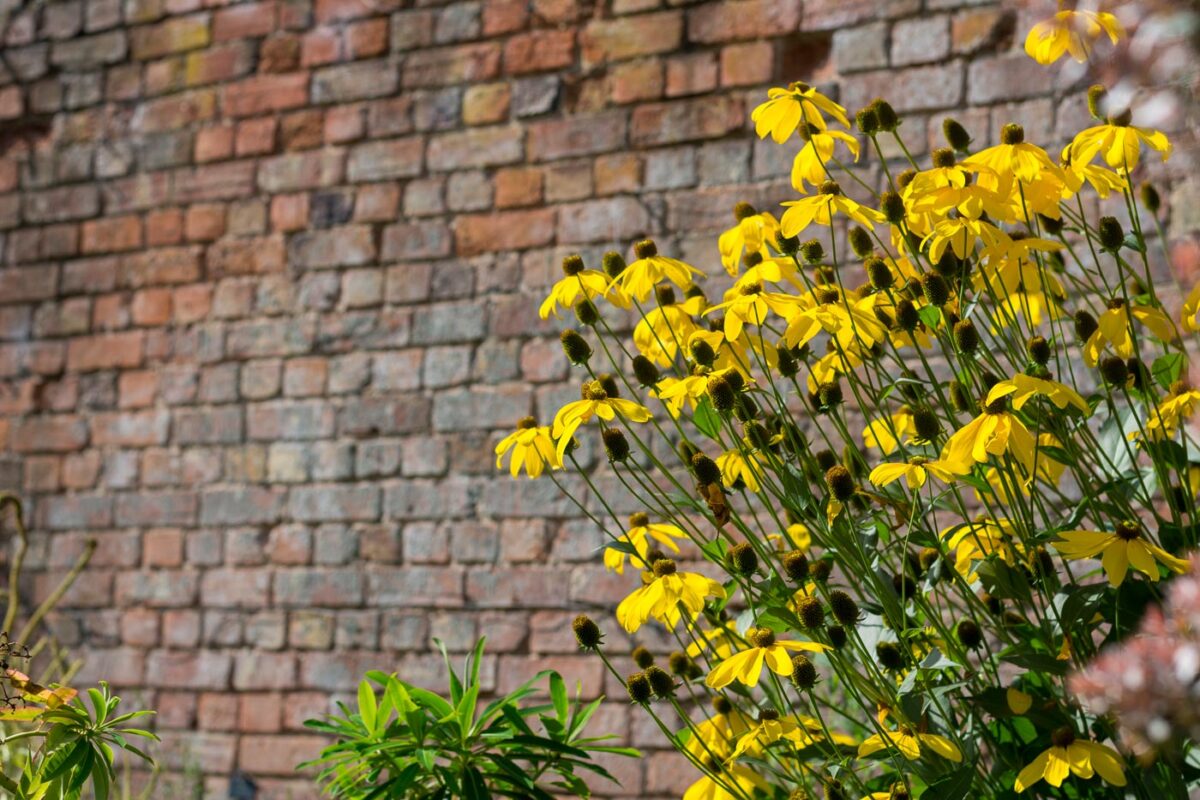
Sound isn’t always welcome
We often write about the extra dimensions and pleasure that sounds can bring to a garden but let’s face it, not every sound is a welcome one. Whether it’s traffic noise from a busy road or neighbours’ shrieking children or boisterous barbecues sometimes it’s respite you need from the constant clamouring not receptors!
Noise itself and how we interact with it can be complicated; the level of noise, the frequency of it, the proximity to it, the tone, the range, the social and cultural aspects of it all play a role in how we react to noise. The constant hum of traffic for instance can almost be acclimatised to whereas the noise from neighbours is erratic and unpredictable making for a potentially more jarring irritation. Our response to those aspects of noise is also highly subjective – what is annoying in the extreme for one person can be acceptable to others.
Many of us ‘block’ a noise from view thinking that it somehow makes it less intrusive if we can’t see where it’s coming from but surprisingly research suggests that being able to see the source of a noise can reduce its annoyance factor because our senses are ‘prepared’ for the accompanying noisiness of the activity being viewed. ‘Hiding’ a noise from view then doesn’t lessen the irritation aspect of it, it can actually heighten it.
Most of us opt for a plant ‘barrier’ between ourselves and external noises, but again, perhaps surprisingly plant barriers are fairly ineffectual ways of blocking noise. To be effective as a blocking mechanism a plant barrier would have to be high (think trees), dense (think full canopied to the ground and evergreen) and about 9 metres deep. Not many of us have that amount of space to play with! As a distraction however, plants do have their merits: rustling and swishing leaves can help to disguise some low level noises. Running water on the other hand can be a much more effective disguise/distraction technique, most efficient when placed between ‘you’ and the source of the noise.
Plant barriers are fairly ineffectual ways of blocking noise
The most effective way to block sound though is to reflect it back by the erection of a man-made solid barrier such as a wall or solid fencing, which can reduce noise by about 50%. The placement, height and the solidity of the barrier are key elements in its effectiveness.
In terms of fencing typical larch lap fencing isn’t the thing to go for here since they tend to bow and let air, and noise, through so purpose built acoustic fencing solutions are what you would look for if you prefer timber to a brick/masonry look.
In terms of height as a general rule of thumb, the higher the barrier between you and the noise source the larger the sound blocked ‘shadow’ will be behind it. 2m high and above can start to be effective (preferably 3m) but be aware that planning permission will usually be required for anything higher than 2m.
The best place for a sound barrier is as near to the noise source as possible but the next best place is around the area you most want ‘protected’ and whilst for small gardens that’s likely to be around the boundary for large gardens it’s better to create small pockets of quiet within the garden.
There’s lots to consider but it’s nice to know that in our increasingly crowded world there are some options available to you to help reduce intrusive noise.




